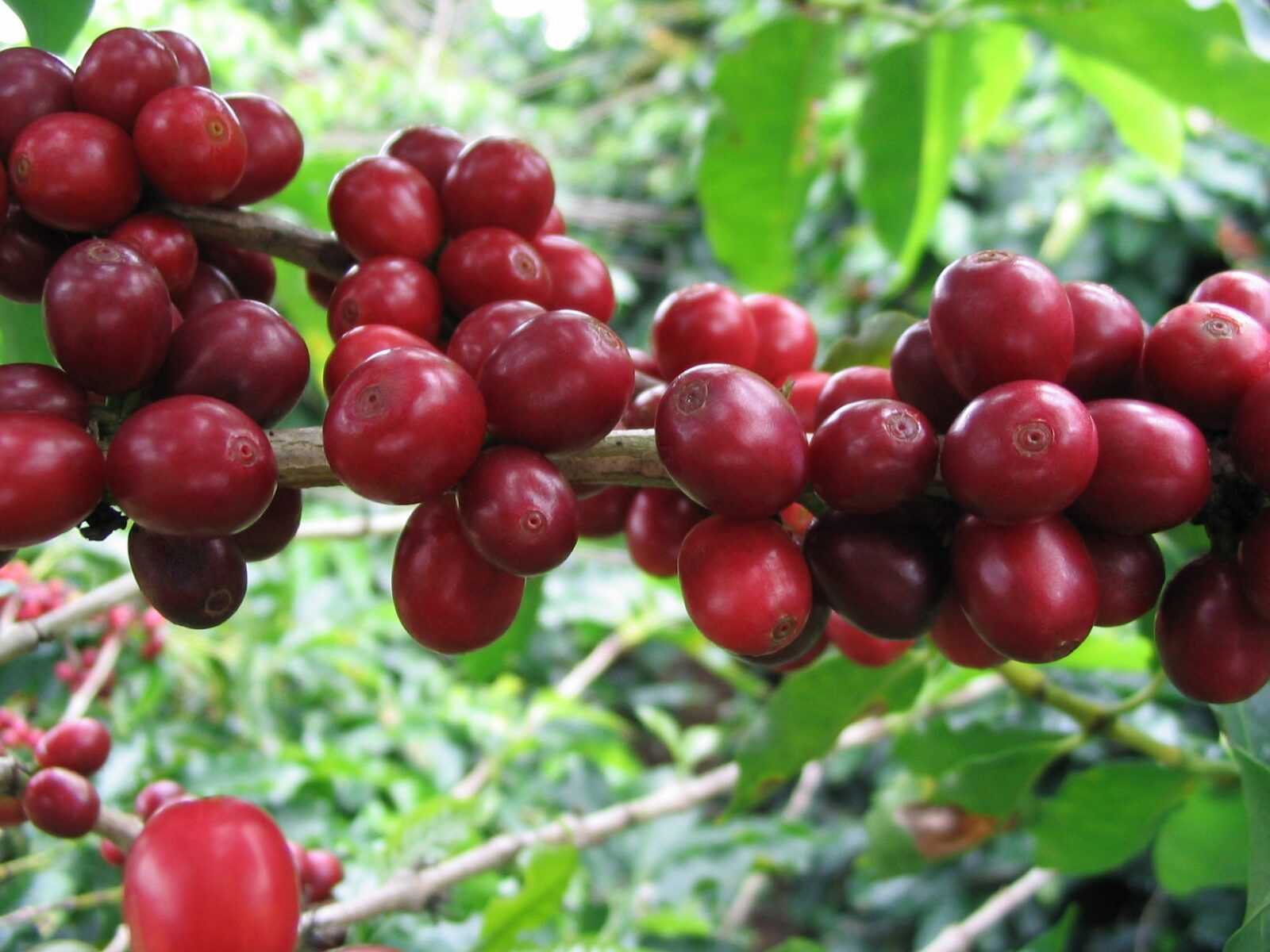MILAN, Italy – The harvesting of the 2022/23 crop of arabica coffee is beginning to step up in the major producing regions in Brazil, reports Cepea in its latest analysis. According to agents consulted by Cepea, by June 10, 20-25% of the output expected in the Matas de Minas (Zona da Mata) had been harvested.
In Garça (SP), southern Minas Gerais and the Cerrado Mineiro, 10-20% had been harvested, and in the Mogiana (SP), 5-15%. Agents have been reporting difficulties in finding labor.
In northwestern Paraná, agents have distinct opinions about the progress of activities. Some of them believe nearly 40% have been harvested, due to higher production in the current season, while others believe activities are still beginning, at around 10%, due to rains, which are hampering activities.
It has rained in southern Minas Gerais State and in São Paulo too, however, the harvesting was interrupted only in Garça, where rainfall was higher. It is important to highlight that Cepea collaborators do not believe precipitation will damage the beans in these areas.
Despite the progress of the harvesting in Brazil, sales of arabica coffee have been low in the national spot market, due to the disinterest of sellers. Thus, domestic prices have been majorly influenced by fluctuations of the dollar and arabica prices abroad, where the behavior of quotations reflects technical factors and uncertainties related to the weather in Brazil.
Robusta
The harvesting of the 2022/23 Brazilian crop of robusta coffee is in progress. Cepea surveys show that 35-45% of the total had been harvested by June 10. Manpower shortage has been reported in robusta areas too. In Rondônia, 60-70% have been harvested.
Despite the higher supply of beans from the new crop, the domestic values for robusta remained firm mostly in the last days, reflecting the absence of sellers in the market and the dollar appreciation. Robusta farmers have made cash flow and, after paying the harvesting expenses, they left the market again in the last days.
Export
Brazilian coffee exports decreased in May, according to data from Cecafé, totaling 2.8 million bags of 60 kilograms each (considering green beans, roasted and soluble coffee), 6.7% down from that in April. This result reflects the still low volume of the new crop available for shipment.
Compared to May/21, however, shipments increased by 5.1%. According to Cecafé, this increase reflects the slight improvement in logistics. On the other hand, exporters still have to deal with expensive freight, containers shortages and lack of room on ships.


















